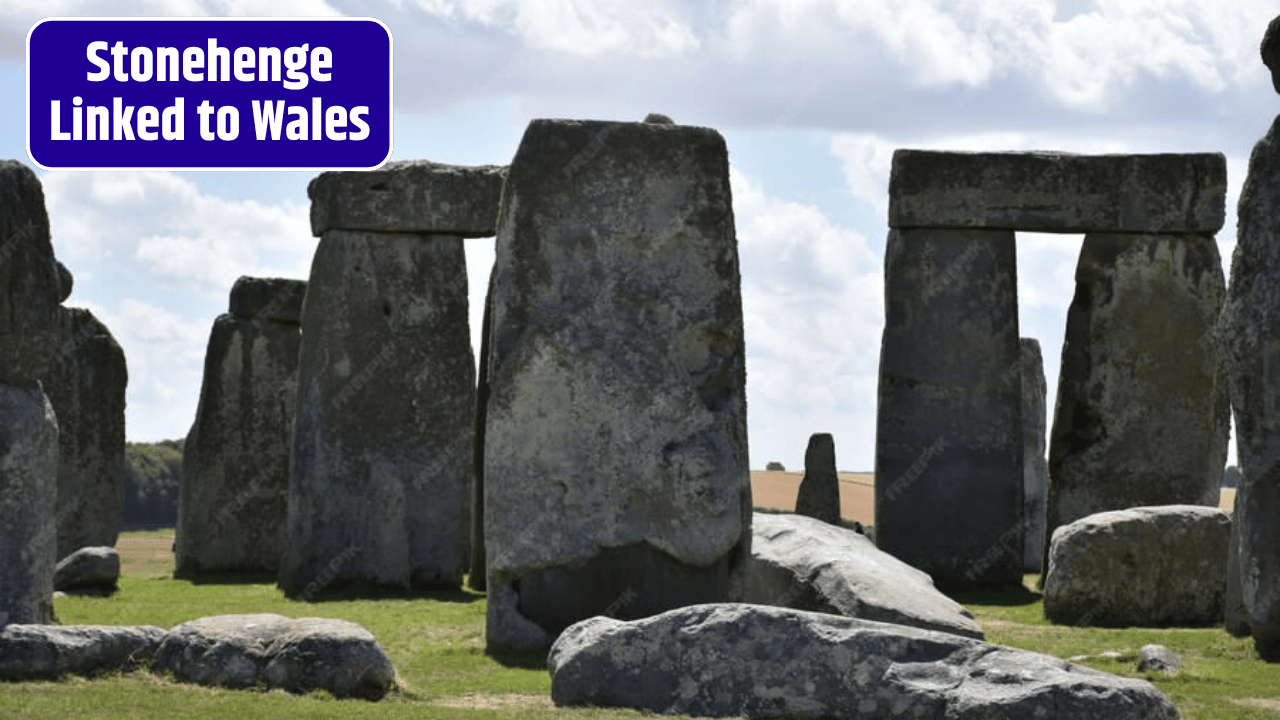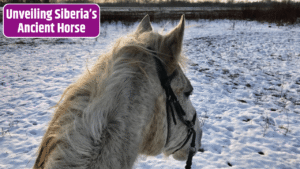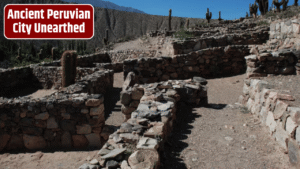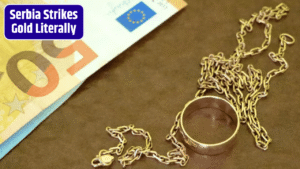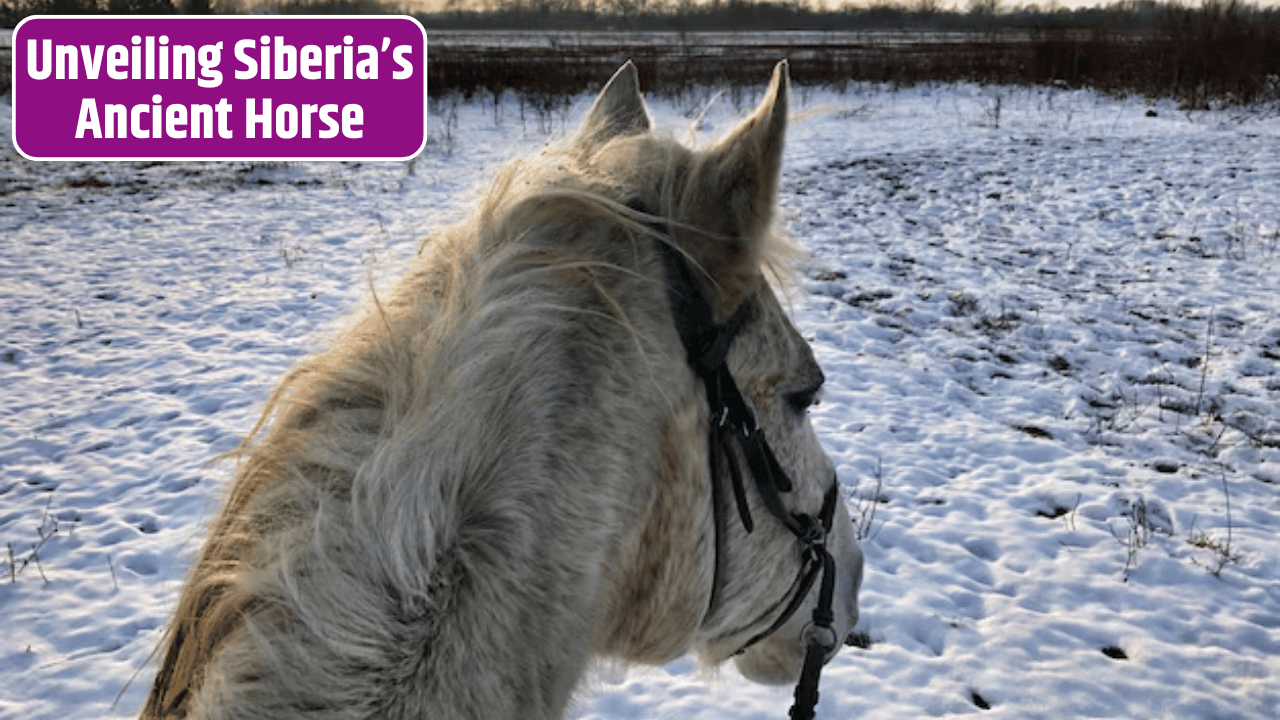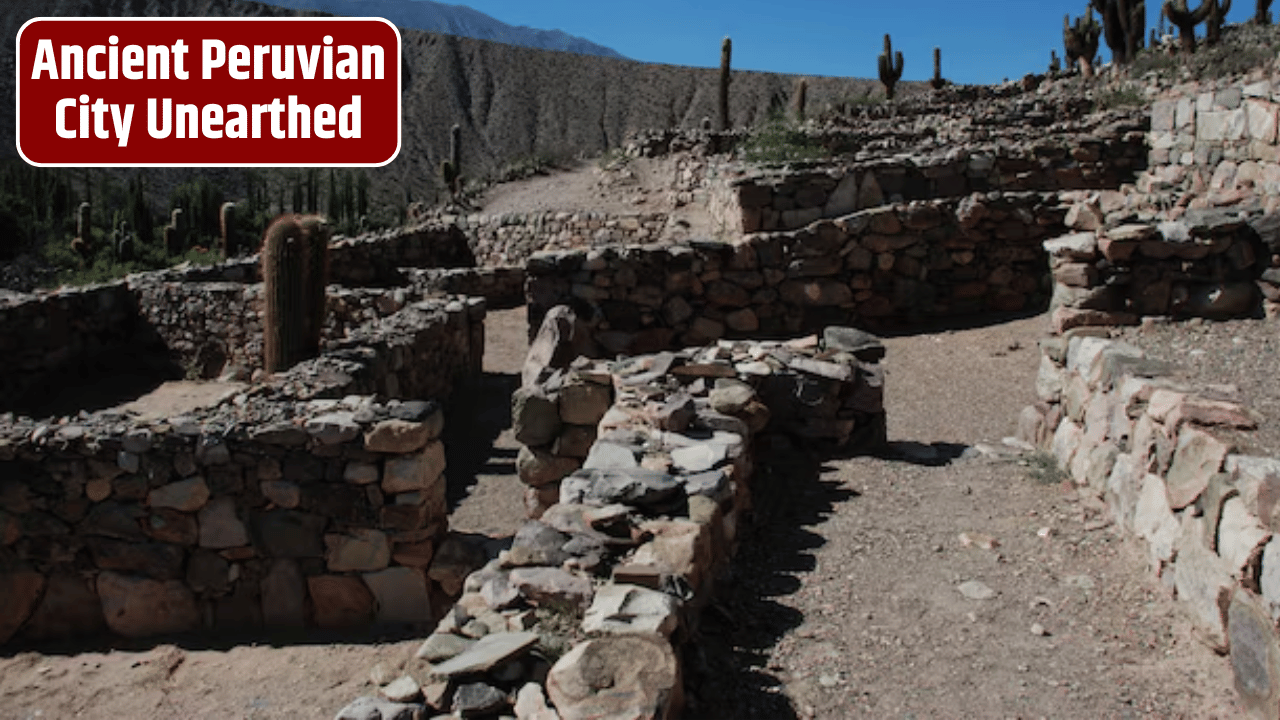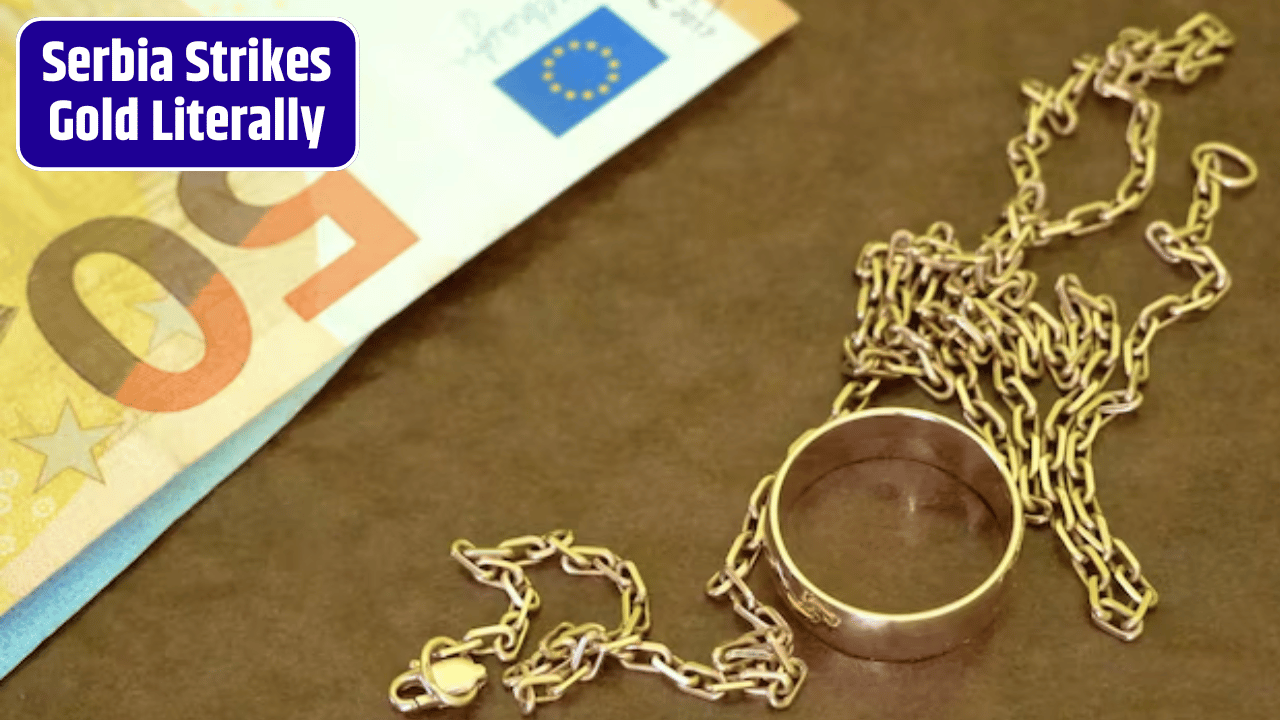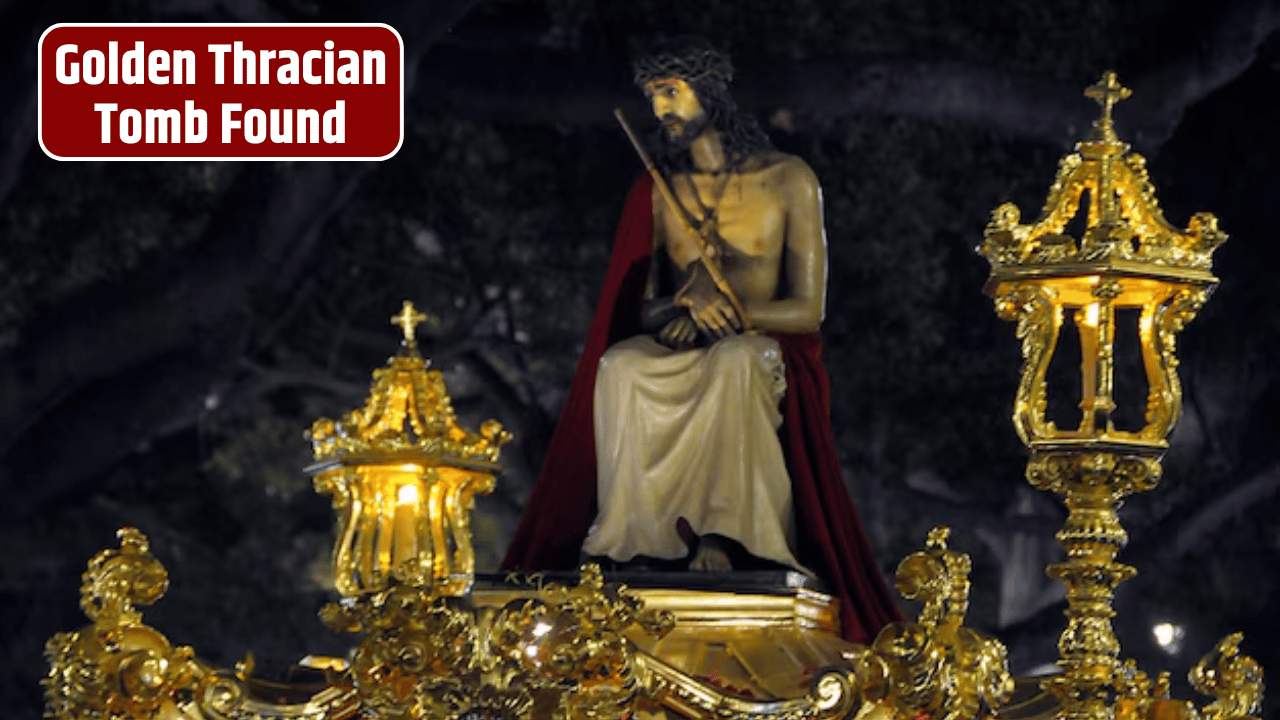It’s incredible how something as small and ordinary as a tooth can rewrite the story of one of the world’s most famous monuments. But that’s exactly what’s happening in southern England, where a 5,000-year-old cow molar has given archaeologists new clues about the people—and animals—behind the building of Stonehenge.
Buried for millennia near the monument’s entrance and forgotten for over a century, this single tooth has become a scientific time capsule—linking the builders of Stonehenge to the mountains of Wales, some 125 miles away. And, astonishingly, it may even hint that livestock helped haul those legendary bluestones across Britain.
The Tooth That Changed the Timeline
The story begins not with a fresh dig, but with an old find. The cow molar in question was originally excavated at Stonehenge decades ago and stored quietly in a collection. Only recently did scientists from the British Geological Survey (BGS), Cardiff University, and University College London re-examine it using advanced isotopic analysis—a process that allows them to trace chemical “fingerprints” locked into the enamel.
Those fingerprints, particularly lead isotopes, turned out to match geological formations found in southwestern Wales, the same region that supplied Stonehenge’s smaller bluestones.
“This cow was feeding in an area rich in Paleozoic rocks—exactly the kind of geology we see in Wales,” said Professor Jane Evans, a geochemist at the BGS. “It means the animal’s early life was spent far from the Salisbury Plain.”
That discovery isn’t just a chemical coincidence. It ties an animal, a people, and a place together across vast distance and time—suggesting that the movement of livestock and stone may have been part of a single, orchestrated migration.
A Monument of Movement
For decades, archaeologists have wondered how Neolithic builders managed to move Stonehenge’s bluestones from the Preseli Hills in Pembrokeshire to Wiltshire—a journey that would challenge even modern logistics. Theories have ranged from rolling the stones on logs to floating them on rivers. But this cow’s story hints at something deeper: that animals themselves may have played a role.
Some prehistoric cattle skeletons show traits consistent with draft work, suggesting early domestication for pulling loads. If oxen or cattle were used to transport the stones, it would mark one of humanity’s first large-scale engineering collaborations between humans and animals.
“It’s not proof of cattle-driven transport,” Evans clarified, “but it makes the idea much more plausible. It shows that people, animals, and materials were all moving together in ways we didn’t fully grasp before.”
Ritual, Symbolism, and the Tooth’s Final Rest
The tooth wasn’t found buried by accident. It was placed deliberately at the entrance of Stonehenge’s earliest circular structure, dated to around 3000 B.C., during what archaeologists call “Stonehenge 04”—one of the site’s formative phases.
That placement hints at a symbolic meaning. In Neolithic culture, animals often represented strength, fertility, and sacrifice. The cow’s jaw, placed near a monumental gateway, could have served as a ritual marker, a tribute to the animals and people who helped shape the sacred landscape.
“The symbolism is powerful,” said Evans. “If these creatures were companions in moving the stones, commemorating them at the entrance to Stonehenge could have been both practical and spiritual—a way to honor the beings that made the monument possible.”
Decoding the Cow’s Life
Beyond its geographic signature, the tooth’s carbon isotopes also preserve a record of the cow’s seasonal diet. Fluctuations in those isotopes suggest either transhumance—moving herds seasonally between lowlands and uplands—or the import of fodder during harsh winters.
That level of resource management reflects a surprisingly sophisticated economy for the time. The Neolithic communities who built Stonehenge weren’t simple farmers—they were planners, traders, and organizers operating across wide networks.
A Broader Picture of Prehistoric Britain
The discovery reinforces a growing view among archaeologists: Stonehenge wasn’t an isolated feat of construction, but part of a mobile, interconnected society spanning Britain and beyond.
The same people who carved and dragged stones across the countryside were also maintaining livestock, trading materials, and participating in complex rituals that tied landscapes together.
It also adds a new dimension to the ongoing debate about Stonehenge’s purpose. Was it a temple, a calendar, a burial site—or a monument celebrating human and animal partnership? The cow’s tooth doesn’t answer the question, but it deepens the mystery.
A Century-Old Find, a 21st-Century Revelation
It’s remarkable that such groundbreaking insight came not from a new excavation, but from a century-old artifact sitting quietly in storage. Advances in isotope geochemistry now allow scientists to extract microscopic traces of ancient life—reconstructing diets, migrations, and even trade routes from a single tooth or bone fragment.
“It’s a perfect example of how modern science can breathe new life into old collections,” Evans said. “Even the smallest find can contain extraordinary stories—if we know how to listen.”
Why It Matters
The implications go far beyond Stonehenge. If people and livestock were moving long distances together 5,000 years ago, it suggests a far more mobile and connected prehistoric Britain than previously believed. It paints a picture of communities capable of long-term planning, cooperation, and technological ingenuity—qualities that echo across human history.
For archaeologists, it’s a reminder that the line between ritual and engineering was often blurred. The act of moving the stones—and perhaps the animals that helped—may have been as meaningful as the monument itself.
A Personal Reflection
Standing at Stonehenge today, you can feel the weight of millennia pressing down from every direction—the wind, the stones, the circle of sky. Learning that a single tooth may bridge the worlds of ritual, logistics, and animal companionship only adds to that sense of awe.
It’s humbling to realize that the builders of Stonehenge, armed with nothing but stone tools and determination, orchestrated a feat of movement and meaning that still defies imagination. And somewhere in that grand human story, a cow once walked beside them—her life and journey now written in enamel, waiting 5,000 years to speak.
FAQs
What exactly did scientists discover?
A geochemical analysis of a cow tooth found at Stonehenge revealed that the animal likely originated in southwest Wales—the same region as the monument’s bluestones.
How old is the tooth?
It dates to around 3000 B.C., during one of Stonehenge’s earliest construction phases.
Does this mean cattle helped move the stones?
It’s not definitive, but the findings support theories that livestock—especially oxen—could have been used to transport the stones over long distances.
Why was the tooth buried at Stonehenge?
Its deliberate placement near the monument’s entrance suggests a symbolic or ritual role, possibly to honor animals involved in construction.
